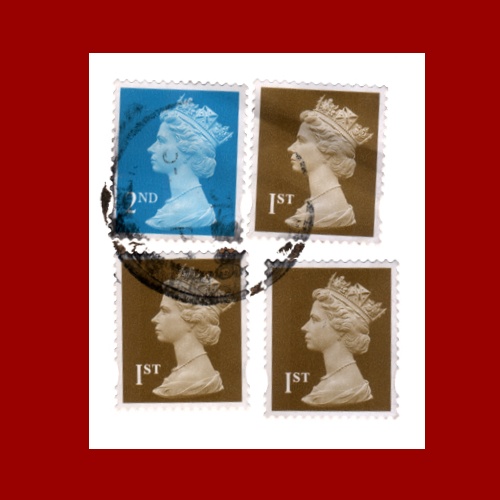With the price of stamps set to rise at the end of the month, many people have been stocking up on books of stamps in order to save themselves an increase in the long term. Unfortunately, Royal Mail have gotten wind of this idea and are now limiting the amount of stamps that retail commercial properties can purchase.

Consumers are buying bulk packs of first and second class stamps in advance, ready for the 14 pence increase which will take effect on 30 April 2012. Currently, a first class stamp costs 46 pence, and a second class stamp costs 36 pence, but this will rise to 60 pence and 50 pence respectively.
Speaking of the stamp rationing, a spokesperson for Royal Mail stated: “We are more than happy for retailers to receive the normal commercial return they obtain on stamps and no more than that.
“That is why we have put in place a prudent allocation policy to safeguard Royal Mail’s revenues and ensure there are more than enough stamps for people to buy both now and in the future.”
The Royal Mail has, for this month, issued a 20 per cent limit of a retail commercial property’s annual stamp allocation. So if a retailer receives 1000 stamps per year, they will only be allowed to order 200 stamps in April. However, some retailers have already reached their quota for the month – one being Superdrug, who will not be allowed any more stamps before the price rise.
However, although the Watchdog Consumer Focus understands that prices have to rise, they think that the Royal Mail should be able to meet increased demand.
Robert Hammond, Director of postal policy at Watchdog Consumer Focus, stated: “With unprecedented price rises on the way, it is understandable that consumers who rely on the postal service will be buying stamps before the increase.
“We would expect Royal Mail to take steps to meet increased demand in the run up to the price change.”
The price of stamps has more than doubled in the last ten years. In 2002, a first class stamp cost 27 pence, while a second class stamp cost just 19 pence. The prices of stamps remained relatively low for the next seven years. But in 2009, the price of a first class stamp reached the 40 pence mark and a second class stamp reached 30 pence.
The price of a second class stamp is currently capped to 55 pence, which gives just a 5p window. However, this cap can be changed according to the rate of inflation.